A quick glance at my dive computer showed a steady 63 feet below the surface—a depth that, in and of itself, is quite forgettable. Neutrally buoyant, I hovered above the sandy bottom, starstruck at what was in front of me. Most dives involve coral and colorful fish. The good ones have dolphins, sharks, or shipwrecks. This was far better. Just a dozen yards away was a dugong, unaware of my presence.
Nicknamed the “sea cow,” dugongs are relatives of manatees, but much more rare. In the Red Sea—which is bigger than the state of California—there are just 2,000. With fragmented and vulnerable populations around the world, dugongs have been on IUCN's red list of threatened species since 1990.
Our small group barely moved for the next hour, using a full tank of gas to watch this stoic 1,000-pound creature search for food. Dugongs eat sea grass all day, using their flippers to walk along the ocean floor, creating trails that are easy to follow. As the son of an endangered species biologist, this moment felt a little extra special. At that moment, I couldn’t wait to call my mom and tell her all about the dugong.
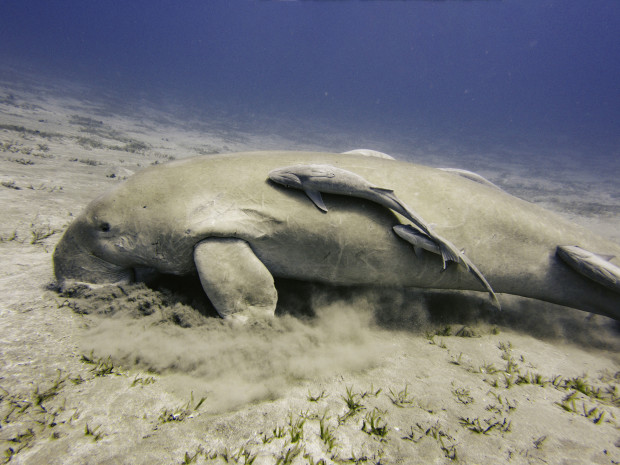
Andy Cochrane
Red Sea Diving
A few days earlier I flew across the pond to Egypt, eager to visit a new corner of the world. I was invited by PADI, the world’s premier scuba organization, to join a group of divers in Marsa Alam, a coastal village in the southeastern corner of the country. The plan was to explore a few of the Red Sea’s underwater gems, take part in citizen science projects, and get to know the local community. This was a stark juxtaposition to all-inclusive resorts in Hurghada, just three and a half hours to the north.
The Red Sea is known to divers as the “Underwater Garden of Eden.” It’s home to thousands of species of fish, hundreds of species of coral, and six marine protected areas, which ostensibly limit commercial, human, and recreational activity for the long-term health of the ecosystem.

Andy Cochrane
While this sounds great on paper, I was curious how well the regulations were enforced in-person, knowing that tourism is one of the country’s largest industries and they are incredibly hard to monitor.
PADI is helping accelerate the creation of marine protected areas with a program called Adopt the Blue, its own collection of underwater conservation sites around the world. These sites leverage their network of 128,000 professional divers to tackle local projects like cleanups and animal surveys.
The long-term goal is to galvanize a conservation groundswell, lobby governments, and protect 30 percent of the ocean by 2030. It’s an aggressive target, but perhaps not impossible, either.
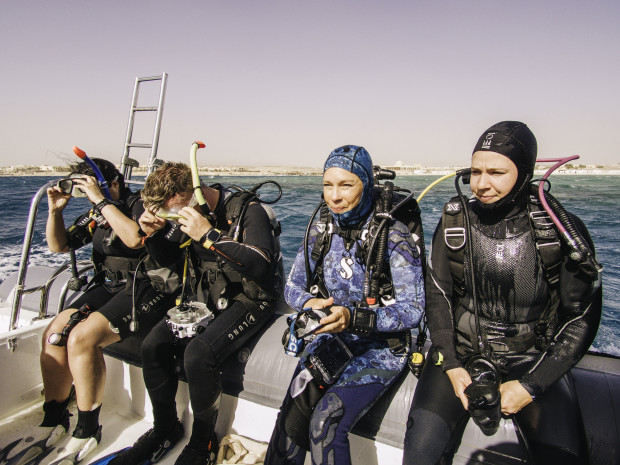
Andy Cochrane
What Is Regenerative Travel?
The trip was billed as an opportunity to take part in regenerative travel, a relatively new buzz word in the tourism industry. The concept of regenerative travel skyrocketed in popularity after a New York Times article predicted its inevitable post-COVID ascension. Many travel operators and resorts have bought into the idea, in part driven by an industry group called the Future of Tourism Coalition.
Regenerative travel, simply put, is leaving a place better than it was before you visited. It goes beyond sustainable tourism, which aims to conserve and protect what is already there. However, without third-party certification, an overseeing body, or objective guidelines as to what merits a regenerative travel title (and what doesn’t), it's hard to deduce what's real and what's just marketing jargon.
To create a regenerative option for scuba divers, PADI launched 11 Eco Centers in 2022 in association with the United Nations Environment Program and the Green Fins Initiative. This effectively codified sustainability goals not just within the organization, but also for its network of 6,600 dive centers around the world, giving the organization a path to scale impact in the foreseeable future.
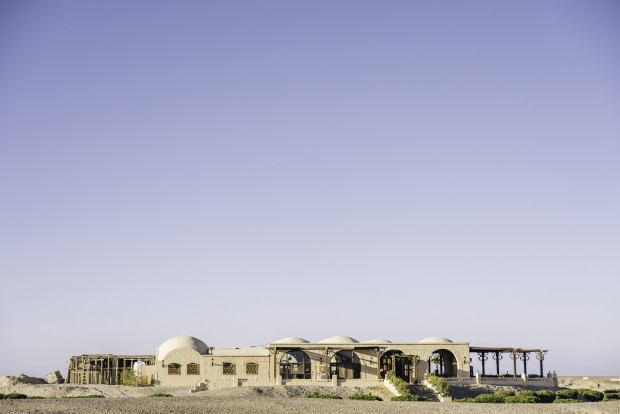
Andy Cochrane
PADI Eco Centers
To be honest, when I first heard about a regenerative travel trip to Egypt, it sparked equal intrigue and doubt. Was it actually possible to fly across the world and not do harm? Ultimately, curiosity got the best of me and I said yes, hoping the trip would unveil the truth behind the tourism fad.
After thirty-some hours of travel, I arrived at the family-run Red Sea Diving Safaris, one of PADI’s first Eco Centers. With three locations—Wadi Lahami, Marsa Nakari, and Marsa Shagra—Red Sea Diving Safaris is able to host hundreds of guests in a sustainable way, sourcing much of their food locally and keeping accommodations modest. Instead of luxury, their emphasis is hands-on conservation and education.
The week was spent diving twice daily—sometimes more—around the healthiest coral I’ve ever seen, even after time in Tahiti, Fiji, and Baja. The Red Sea shows little impact from human presence, even with a major shipping lane in the middle of it.

Andy Cochrane
We saw a pod of dolphins, sharks, turtles, and a wide variety of fish and vibrant coral. It’s hard to say for sure how much the marine protected areas play into this, but it’s safe to assume their impact will only grow in the future.
To break up the dives, we visited the local farm and solar array, spent time in the local communities, and had conversations with local and regional conservation leaders. Serendipitously, before our dive with the dugong, we met with Dr. Ahmed Shawky, a marine biologist and arguably the world’s leading expert on the species. Shawky created PADI’s Dugong Conservation Course, along with three other specialty courses on conservation: Marine Biology, Marine Surveys, and Coral Monitoring Surveys.
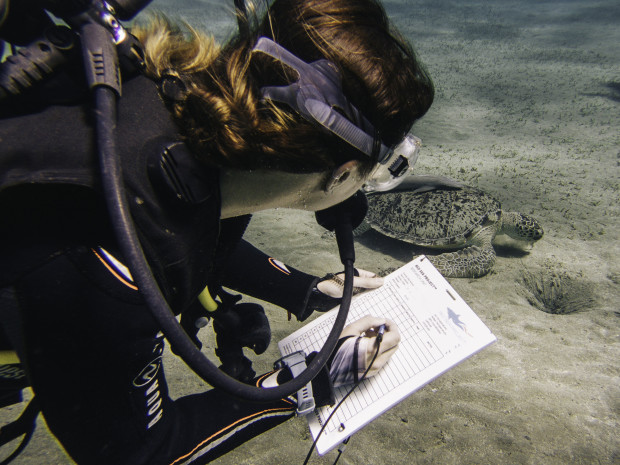
Big Takeaways
First, travel is and will continue to be unsustainable, let alone regenerative, without green aviation fuels and a major leap in modern technology. The carbon cost to fly roundtrip from the U.S. to Egypt is a quarter of what the average American uses in an entire year. To mitigate my impact—and feel comfortable with traveling as much as I do—I invest in carbon capture technologies to offset all of my flights.
That said, my trip to Egypt was far from a bust. Much the opposite, actually. My big lesson was to not let the imperfect get in the way of progress. Even though the premise of regenerative travel is currently flawed doesn't mean it will be in the future.
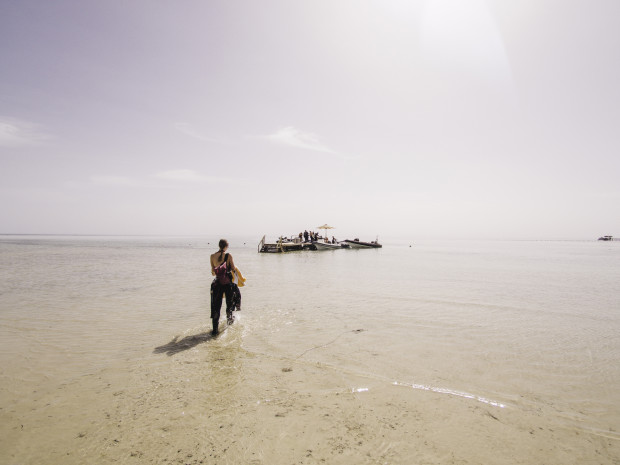
Andy Cochrane
Aspiring regenerative destinations like Red Sea Diving Safaris are, with any measure you want to apply, considerably better than places that care little about future generations. If you’re going to travel, a regenerative option should be a baseline requirement.
As a lifelong skeptic, my modus operandi is to poke holes in big ideas, but sometimes it's important to admit I was wrong. After seeing first-hand the community and conservation impact at Marsa Alam, it’s clear it's on the path towards positive change. I’m convinced they're already creating waves around Egypt, inspiring others to change their practices for the better.
from Men's Journal https://ift.tt/EqUpwLD
No comments:
Post a Comment